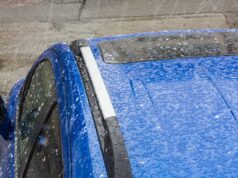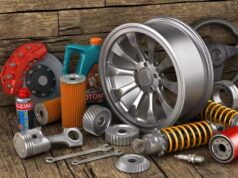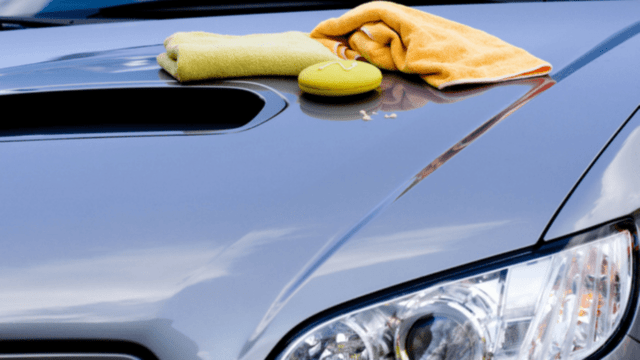
Exterior car detailing involves more than just washing. It involves minimizing the surface scratches, applying a shielding sealant, and making the car gleam like new as ever. When considering exterior car detailing, two options come to mind; waxing and polishing. You have finished washing your car, what next? Waxing, or polishing? Though used interchangeably, car waxing and polishing are completely different exterior car detailing options offered by professional car detailers like Schmicko. Mistakenly apply one or the other incorrectly and you will pose your car to great risk to faster wear and tear and ultimately, more expensive maintenance and restoration costs.
Differences between car waxing and car polishing
By intention and purpose
Wax acts as a filler, while polish acts as an abrasive. Therefore, there is no way one can be a substitute for the other. Keep in mind that the main issue here is the existence of abrasives, which means it can correct and sand down the surface.
Car waxing helps protect the car finish and enhances its coating by filling in any gaps on the surface eg minor blemishes, minor scratches. It is best applied after polishing and washing the car as a mandatory protective step. Since car wax is classified as a paint sealant, any stains or dirt on the paint will also be sealed on the vehicle. After all, the main reason you see scratches is due to light bounces off the uneven surface of the scratch, by filling it up you are minimizing this effect.
Waxing protects the car from dust, UV rays, and other pollutants from damaging your vehicle. Wax can also be found at your local auto shop in the form of liquid, paste or spray wax. All are pretty much the same in terms of their effect but vary in their application method and durability. Note that using wax does not fix scratches, it just somewhat masks it temporarily.
On the other hand, car polishing helps eliminate dirt, surface scratching, swirls, oxidation, and other numerous minor car imperfections. While car polishes remove dirt, they do not offer any protection. Note that too much polishing could take off more paint than intended, hence exposing the undercoat. It contains abrasives which acts like it is sanding the surface of the clear coat.
By smoothing the surface you are minimizing the depth of scratches and therefore become less obvious and severe. Because it offers no protective properties, it is typically followed through with a wax. So even though the terms are used in replacement of each other so often, they are not replacement of each in fact, but complementary to each other.
By mode and time of application
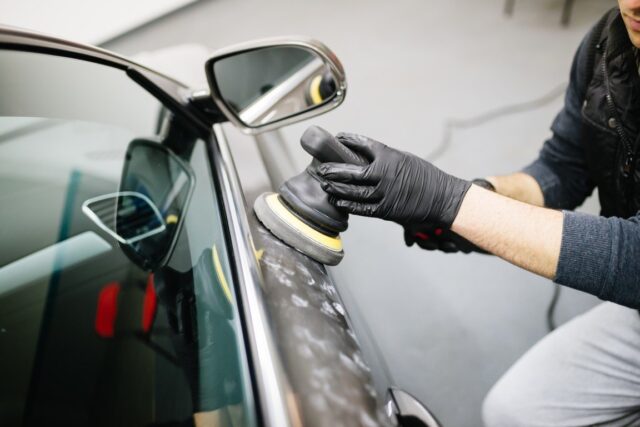
Waxing is done by hand, while polishing is done by use of a machine. Polishing should always be done before waxing since it helps in restoring auto paint which has reduced or lost its shine from oxidation. Car polishing restores auto paint by getting rid of a thin top layer, hence reducing the appearance of scratches. We do hear people saying that they hand polish, but this really has very little to no correction power. Just imagine, man vs machine, the machine will win every task at sight. A hand polish will act more like a filler more than anything, so don’t expect to fix any scratches by hand.
Car waxing is best done after polishing as it gives the car a shiny or wet look. It achieves this by filling scratches and swirls of the car’s exterior, thus smoothing out the vehicles painted surface. Unlike polish which removes a thin top layer of paint, waxing smoothens the top coat of the paint.
Variations of available products.
By product ingredients

Different varieties of car wax have different ingredients. However, most car waxes have carnauba wax as the primary ingredient. Carnauba wax is preferred since it can withstand high heat temperatures and doesn’t wash away. Also, it gives the car a glossy, attractive finish when combined with other ingredients. Not all waxes have carnauba but is a super effective ingredient that comprises the success of waxes. Your more premium waxes will have an element of Brazilian wax to enhance its effectiveness on the paint.
Car polishes vary according to the level of abrasiveness. There are non-abrasive polishes such as Flitz Polish which don’t have chemical ingredients which can abrade paint. Thus, they are safe to use, even for amateurs. Abrasive polishes have chemical elements which can abrade paint and need the user to be careful while using them.
The above information clearly distinguishes waxing from polishing. Therefore, it is not an argument of waxing vs polishing, instead, a choice between whether to wax, or whether to polish.
When would can you use car wax and car polish?
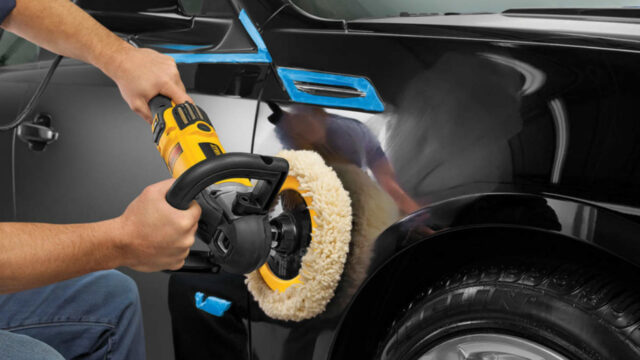
Car wax is helpful when you are looking to protect the paint of your car. If un-waxed, it is easy for grime or grit to scrape against the car’s paint, which could significantly affect its surface. Wax is easy to apply, and it minimizes the cost of repair or refinishing, which is helpful, especially if you rent a car. Wax also helps prevent UV rays from causing damage to the paint.
In contrast, car polish is best when looking for a way to help your car withstand abuse coming from environmental elements. Polishing your vehicle helps enhance and maintain its appearance. It also fixes scratches and helps maintain the car paint by removing dirt which would have otherwise been stubborn to remove by general washing. Car polishing also conditions the paint to prevent it from drying, cracking and peeling.
How often should you wax or polish?
Car polishing lasts longer than car waxing, and polishes contain abrasive compounds. Therefore, we recommend waxing your car often, and polishing it less frequently, say few times per year.
Conclusion
We have exhausted the difference between the two primary exterior car detailing options. Remember, car polishing comes before car waxing. You have a responsibility to take care of your car and ensure it remains well-maintained, and in the best condition possible. While DIY projects are great, rewarding and fulfilling, it is crucial to go through the product instructions. You can also consult a professional if still unsure. Using the above information, you are in a better position to decide whether your car needs waxing or polishing during exterior car detailing.

